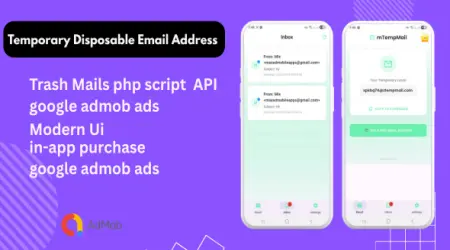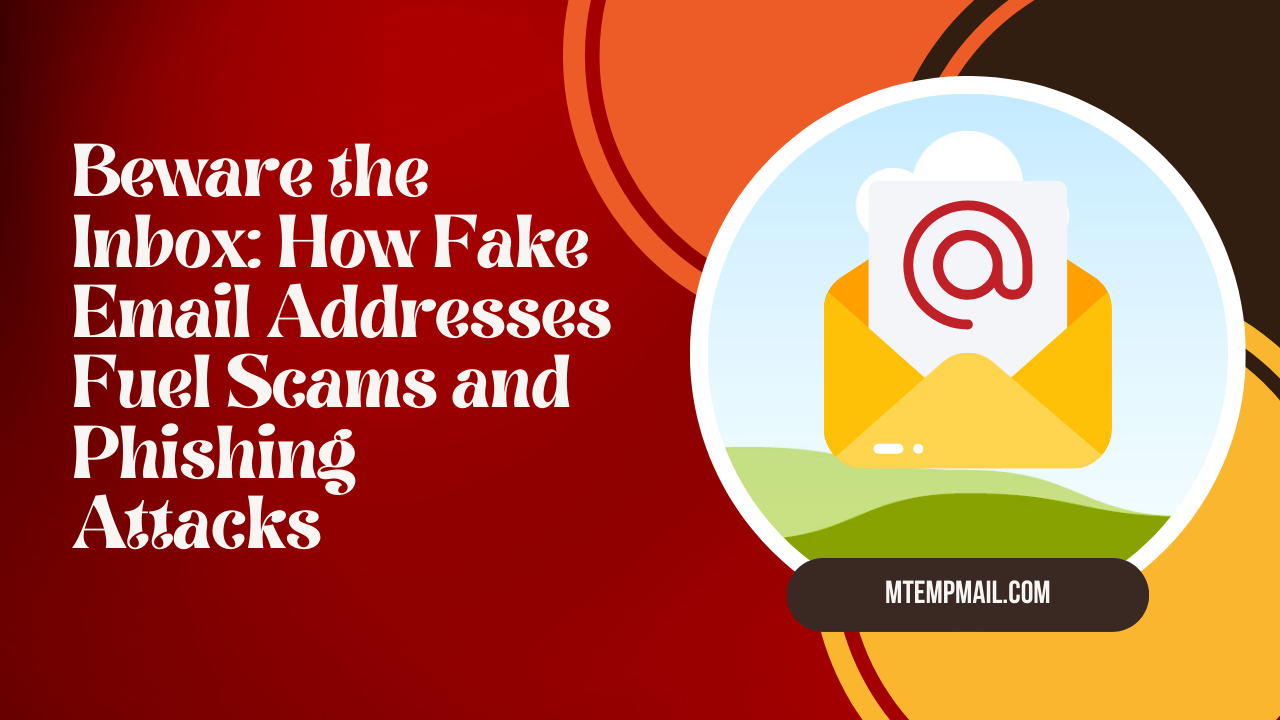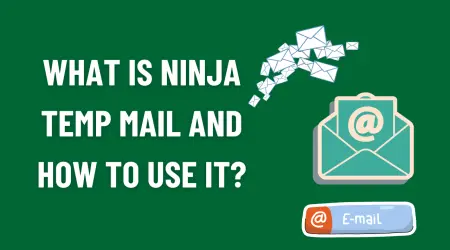

Beware the Inbox: How Fake Email Addresses Fuel Scams and Phishing Attacks

In our hyper-connected world, email has become an indispensable tool for communication, both personally and professionally. However, this convenience comes with significant risks. The dark side of email communication is rife with scams and phishing attacks, often facilitated by fake email addresses. Understanding how these fraudulent tactics work and how to protect yourself is crucial in safeguarding your digital life.
Understanding Fake Email Addresses
Fake email addresses are crafted to deceive recipients into believing they are legitimate. Scammers use various techniques to create these deceptive addresses, often mimicking real domains or altering characters subtly. The goal is to exploit trust, extract sensitive information, or spread malware.
Common Scams and Phishing Tactics
1. Phishing Attacks
Phishing is one of the most common and dangerous email scams. Attackers send emails that appear to be from reputable sources, such as banks, social media platforms, or online retailers. These emails often contain urgent messages prompting you to click on a link or download an attachment.
Example: You receive an email from "support@paypa1.com" (notice the subtle '1' instead of 'l') claiming there's an issue with your account. The email urges you to click on a link to resolve the problem, leading you to a fake website designed to steal your login credentials.
2. Spear Phishing
Spear phishing is a more targeted form of phishing. Attackers research their victims to craft personalized and convincing emails. These emails often appear to come from someone you know, like a colleague or a friend, making them harder to detect.
Example: An email from your “boss” requesting sensitive information or a fund transfer, often mimicking their writing style and signature.
3. Business Email Compromise (BEC)
BEC scams target businesses and professionals. Attackers often spoof a high-ranking executive's email address, instructing employees to transfer funds or share confidential information.
Example: An email seemingly from the CEO asking the finance department to make an urgent wire transfer to a new vendor.
4. Malware Distribution
Fake emails are often used to spread malware. These emails contain attachments or links that, when clicked, download malicious software onto your device. This malware can steal data, monitor activities, or even take control of your system.
Example: An email claiming to be from a delivery service with an attachment labeled “Invoice.” Opening the attachment installs ransomware on your computer.
How to Protect Yourself
1. Verify Email Addresses
Always scrutinize the email address carefully. Look for subtle changes or inconsistencies that might indicate a fake address. Hover over the sender’s name to see the full email address.
2. Be Cautious with Links and Attachments
Never click on links or download attachments from unknown or suspicious emails. Hover over links to see the actual URL before clicking.
3. Use Strong, Unique Passwords
Ensure that your email accounts and other online services have strong, unique passwords. Consider using a password manager to keep track of them.
4. Enable Two-Factor Authentication (2FA)
Wherever possible, enable 2FA for an extra layer of security. This makes it harder for attackers to gain access to your accounts even if they have your password.
5. Educate Yourself and Others
Stay informed about common scams and phishing tactics. Educate your family, friends, and colleagues to recognize and report suspicious emails.
6. Keep Software Updated
Ensure your operating system, email client, and antivirus software are up-to-date. Regular updates patch vulnerabilities that attackers might exploit.
Conclusion
The threat of fake email addresses and associated scams is real and ever-present. By understanding how these schemes work and taking proactive steps to protect yourself, you can significantly reduce the risk of falling victim to these malicious tactics. Stay vigilant, stay informed, and safeguard your digital world from the dark side of fake email addresses.

